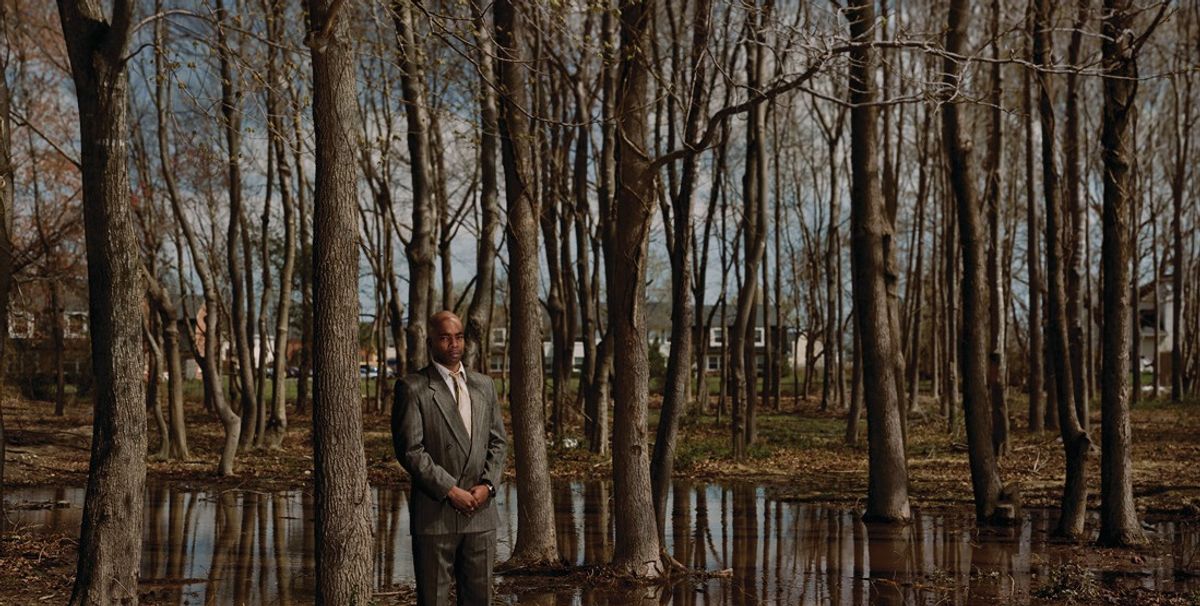To mark the 25th anniversary of the Innocence Project, the US non-profit organisation that aims to use DNA evidence to exonerate those who have been wrongfully convicted, the Guild Hall arts centre in East Hampton, New York, opens its summer season this month with a display of the US artist Taryn Simon’s 2002 photographic series The Innocents (17 June-30 July).
In her first major project, Simon photographed men and women who served time for crimes they did not commit at sites that the prosecution used to build a case against them: either the scene of the alleged crime, the place where they were arrested or the spot where an eyewitness incorrectly placed them.
“This entire exhibit is about misleading visual evidence,” says Andrea Grover, the Guild Hall’s executive director, adding that the show relates in “an indirect way” to the idea of fake news and how ideological bias has grown in the media in recent years. “This series really encourages one to look at photography in a much deeper way—not to look at it as factual, as some absolute truth.”
“Photography’s ability to blur truth and fiction is one of its most compelling qualities,” Simon writes in the foreword to her book on the series. “But when misused as part of a prosecutor’s arsenal, this ambiguity can have severe, even lethal consequences. Photographsin the criminal justice system, and elsewhere, can turn fiction into fact. As Igot to know the men and women in this book, I saw that photography’s ambiguity,beautiful in one context, can be devastating in another.”


